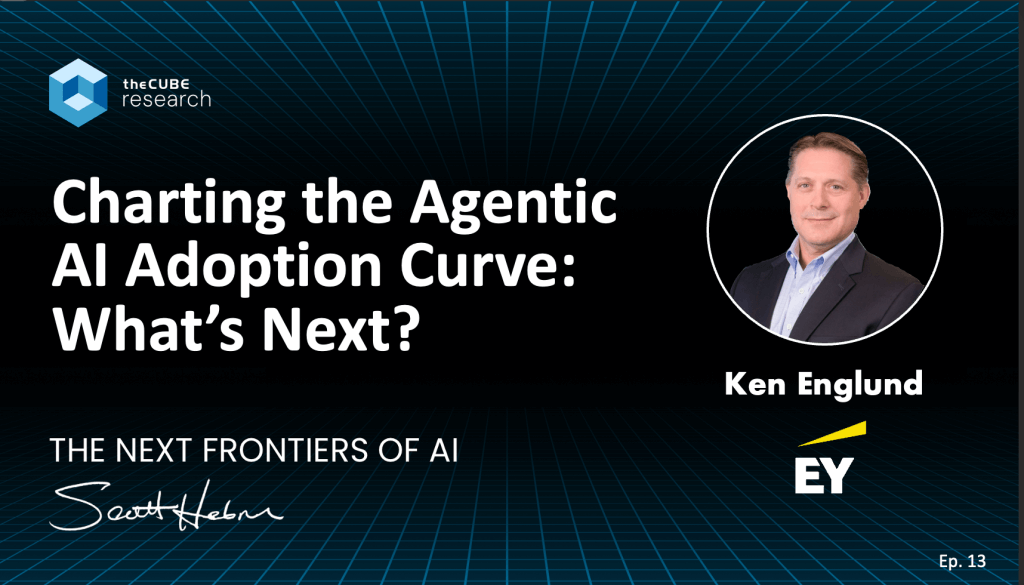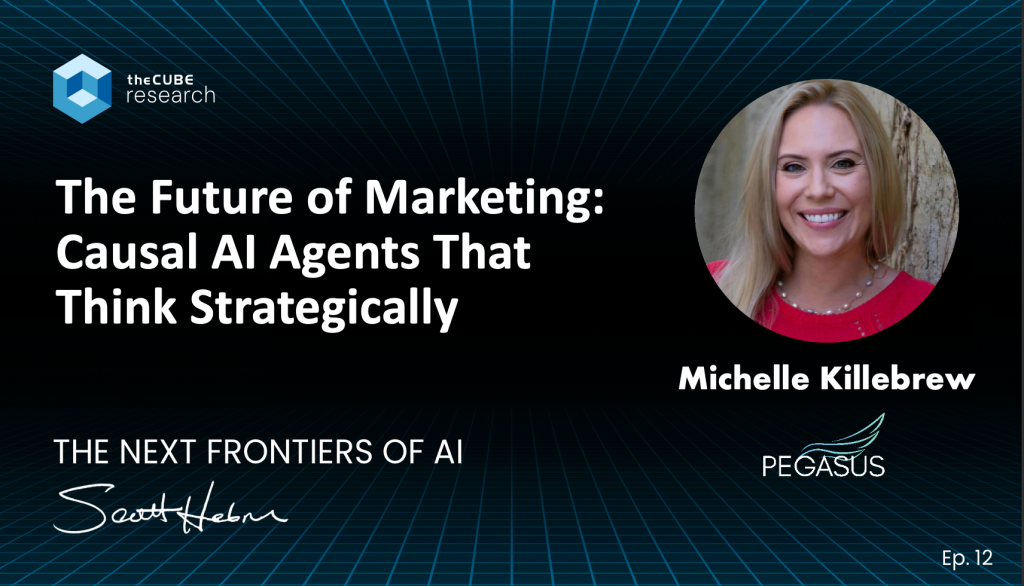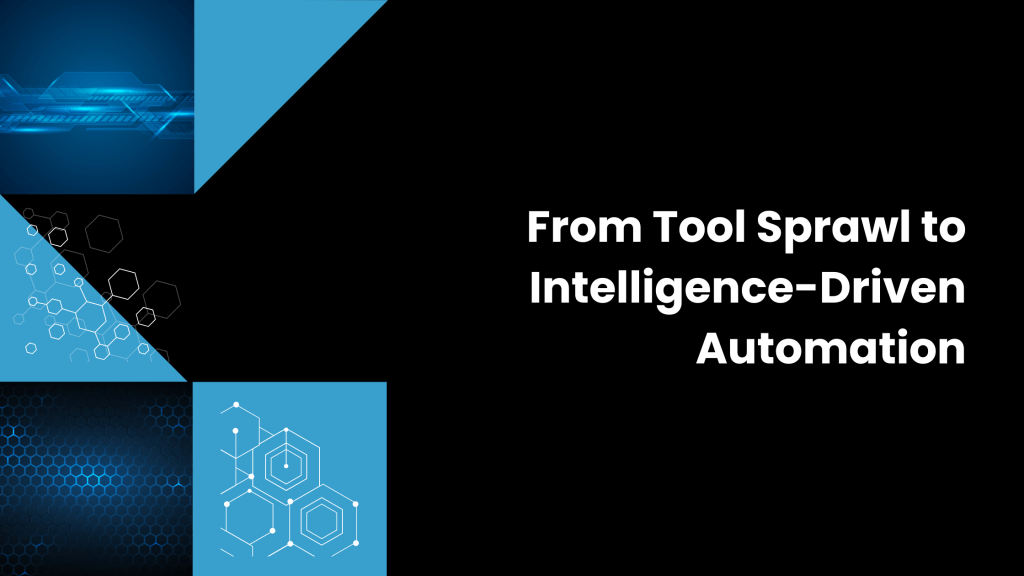Inseego and T-Mobile Simplify Business Connectivity Using 5G FWA

Modern businesses are increasingly distributed, mobile, and digitally dependent; as a result, reliable connectivity is no longer a luxury; it’s a necessity. Inseego’s latest announcement marks its third-generation solution with T-Mobile for Business and will help drive increased adoption of fixed wireless access (FWA) technology. Advancements like this will facilitate the long-anticipated promise of 5G […]
EY: Charting the Agentic AI Adoption Curve

In episode #13 of The Next Frontiers of AI, host Scott Hebner sits down with Ken Englund, Americas’ Technology Sector Growth Leader at EY, to unpack the results of the latest EY Technology Pulse Poll—a revealing snapshot of how tech leaders are embracing agentic AI.
More than two years into the GenAI era, technology companies are setting the pace of rapid Agentic AI adoption, with 48% already deploying agentic AI in some capacity and over half expecting the majority of their AI deployments to be autonomous within two years. Furthermore, 81% are optimistic about the potential of Agentic AI. But what’s driving this momentum? And are these early movers securing a real competitive edge, or simply moving faster into uncharted territory?
Ken and Scott explore what motivates tech executives to pursue agentic AI, how organizations manage their investments and risks, what this shift means for the future of tech jobs, and whether this innovation curve will soon extend beyond the tech sector into other industries.
279 | Breaking Analysis | Snowflake and Databricks Cross the Rubicon into a New Competitive Domain
The data industry has arrived at a pivotal juncture that echoes the themes we’ve charted in previous Breaking Analysis episodes, from The Sixth Data Platform through The Yellow Brick Road to Agentic AI; Why Jamie Dimon is Sam Altman’s Biggest Competitor all the way to the Faceoff between Benioff and Nadella. Those analyses have chronicled the steady convergence of analytic data platforms such as Snowflake and Databricks, not only with the hyperscalers’ estates, but increasingly, with the operational applications that run businesses. Our research indicates that this merger is not a side-effect of Gen AI hype, rather it’s a structural shift in how enterprises will create value from data and software over the next several decades.
The Future of Marketing: Causal AI Agents That Think Strategically

In this episode, we sit down with Michelle Killebrew, founder of Pegasus Strategy Co, to explore the future of causal marketing agents—a game-changing opportunity for marketers. Michelle, a seasoned marketing executive renowned for her AI-driven approach to growth and innovation, shares insights gained from over two decades of experience leading marketing transformations at companies like IBM and NTT and now advises organizations on leveraging AI to drive go-to-market success.
We delve into the transformative potential of causal AI in marketing. Unlike traditional predictive and generative AI, causal AI uncovers the “why” behind customer behaviors, even as conditions change. Michelle shares how causal AI empowers marketers to think more strategically.
Join us in this enlightening conversation about how the advent of causal AI is reshaping the marketing profession, enabling businesses to move beyond surface-level insights and make data-informed decisions that drive meaningful results.
Navigating Monetization Complexity in Modern App Dev

Usage-based billing is transforming app development. Learn how developers and product teams are building monetization into their infrastructure to scale smarter and faster.
278 | Breaking Analysis | AI Budgets are Hot, IT Budgets are Not

Thirty months into the GenAI awakening, the jury is still out on how much enterprises are benefiting from investments in artificial intelligence. While the vast majority of customers continue to spend on AI, reported returns are no greater than, and frankly lag those, typically associated with historical IT initiatives like ERP, data warehousing and cloud computing. Let’s face it, the multi-hundred billion dollar annual CAPEX outlay from hyperscalers and sovereign nations is fueling the euphoria and essentially supporting blind faith in the AI movement. But ground truth returns from enterprise AI adoption remain opaque. This combined with geopolitical unrest, fluctuating public policy and GDP estimates in the low single digits, have buyers tempering expectations for tech spending relative to January of this year.
The Costly Consequences of Cyberattacks: What End Users Say

Cyberattacks have dramatically reshaped how organizations conduct their business and structure their IT systems. That’s why theCUBE Research organized a first-of-its-kind summit in January with thought leaders from the industry. We covered a lot of ground with many valuable perspectives. We recently covered results from research stemming from the summit with our sponsor Dell Technologies. […]
From Tool Sprawl to Intelligence-Driven Automation

In this AppDevANGLE episode, Last9 CEO Nishant Modak explains how a data-centric, platform-first observability model helps reduce tool sprawl, manage telemetry overload, and control TCO in cloud-native environments.
Rethinking Modern Architecture From Cloud to Edge to Agents

Explore how edge computing, agentic AI, and secure messaging are reshaping enterprise architecture for a decentralized, real-time future.
